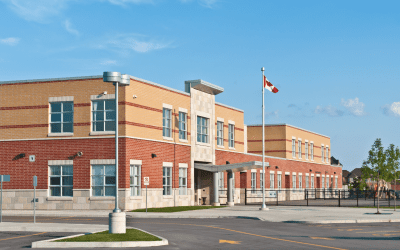Cutting-edge technology’s impact on the way students learn has reshaped the classroom experience. Better performance in the education arena aligns closely with encouraging students to interact and collaborate creativity. As a result, traditional learning methods – primarily focused on loading students with information – are losing traction in the wake of technological advances coming at us from all sides.
What the COVID-19 Pandemic Taught Us
Many teachers’ and students’ adaptability, flexibility, and agility grew exponentially in an oftentimes chaotic year by leveraging IT innovation. Schools that resisted these groundbreaking opportunities fought an uphill battle to achieve even average academic performance metrics. Students’ performances are making a strong case for teachers to educate them in the way they want to learn, not the way school administrations with outdated thinking want to teach them.
How to Improve Students’ Performance with Smartphone Ingenuity
A huge portion of the student population owns a smartphone with personal computer power unheard of a decade ago. Mobile users can zone in on a broad range of digital information resources in the cloud. Gone are the days of poring over books in the school library. Copy, paste, and scan documents at home, in the playground, or in a group meeting. Students expect to access course material digitally using the internet from anywhere, at any convenient time. Indeed, closing the homework gap – an endemic problem in the traditional classroom – depends on it.
Removing Boredom from the Learning Equation
New technologies have injected a passion for learning more. Simultaneously, fast communication between teachers and students and between peer groups saves time. Learning becomes fun with:
- Gamification linking into teaching methods
- Tapping into virtual tours
- Navigating YouTube’s numerous “How To” videos
- Teachers developing podcasts, and webinars
Opening up new horizons through these unique avenues deepens students’ understanding, bolsters their recall, and builds critical problem-solving skills.
Acceleration of Participation
Open discussion goes hand in hand with higher content retention and recall. Introverted students hesitant to speak their minds in traditionally structured classes tend to miss out on intelligent debate around contentious issues. If applied correctly, IT encourages participation without inhibition by making it more about the subject, thus somewhat depersonalizing the experience.
Individual Attention
Schools that lock onto the technology renaissance find there’s significantly more time to give students individual attention. Instructors can watch videos that record responses and deploy applications that calculate the contribution frequency of each student. Other techniques ride on the technology bandwagon, including chat comments, online quizzes, and feedback surveys.
Cisco Meraki Networking Technologies
Cisco Meraki stands front and center of the new learning wave. Their networking technologies converge on building effective learning for more students (i.e., creating equitability) more efficiently. Cisco’s strong suit is versatility with easy configurations using video screens, cameras, and switches.
Meraki MX, for example, allows schools to run their network from anywhere securely, thus creating broad reach without fear of hackers disrupting things — but not everything runs in the cloud. There are services maintained within the four walls of the school that participants require access to, and Meraki MX provides up to 10,000 VPN connections without sacrificing any of Cisco’s industry-defining firewall benefits. Indeed, site-to-site networking across multiple schools is a cinch with numerous convenient access points.
Security is Only Half the Story
Sometimes with the wide-ranging technology landscape, student focus drifts. The Meraki system gives teachers the ability to connect managed IOS and Android devices to channeled applications, thus removing distractions. Teachers can cut down on content and, conversely, add to the exposure in real-time.
Online-based learning collapses if the internet doesn’t work. Schools depend on connectivity to meet goals and schedules in tech-centric education. Cisco Meraki supports this fundamental pillar by establishing an outdoor Wi-Fi and Cellular Gateway that unharnesses almost instantaneous connectivity if it disappears using traditional sources.
Conclusion
The digital era is now. Those that embrace it will likely reach their goals beyond all expectations. Schools that don’t will fail to meet the “how to improve students’ performance” challenge.
BridgeTek Solutions understands the complex technical issues schools face because we have decades of experience servicing this market. Let us help you find the best solution for your school with best-of-class products, unmatched design, consulting, engineering, and support services. Dive into BridgeTek’s school technology survey template to get started. You’ll learn more about systematically uncovering students, parents, and staff perceptions of technology’s impact on education at their schools.


